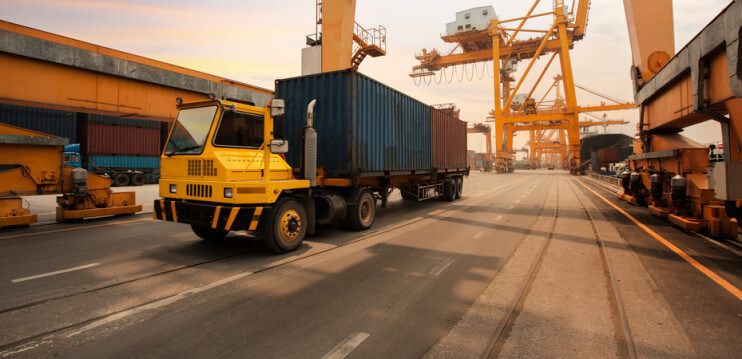When governments want to make money.
Your business has shipped through a port for many years. Suppose the port is owned by the government and they have decided to substantially increase the rent paid by stevedores. The reason is to make the port attractive for sale to private operators. Of course, to cover the rent increase, stevedores will increase their rates and your costs will increase. This will trigger a review of your supply chains.
Could this happen to your business? It depends on many factors that apply to the ports your business uses, but the risk is there. It certainly appears that it will happen in Melbourne, Australia. The state government which owns the port has announced an increase of 800 percent in the rent that stevedores will pay. The reason for such a large increase is the intention of the government to sell the port. If the financial picture is improved, there is a hope of obtaining a higher sale price.
If the rent increase happens, it could cause a noticeable decrease in the number of containers handled. The immediate reduction is likely to be from shippers that tranship cargoes or have a choice of which port to operate through; in the medium term it could influence other shippers to change their cargo handling arrangements.The throughput reduction would have the flow-on effect of reduced business for logistics service providers (LSPs) that service the port and shippers; naturally followed by a reduction in staff levels. Is the action proposed by the government in the long term interests of the community at large?
Why should governments own a port?
Governments in many countries have owned ports, airports, roads and rail track over a long time. The reason for owning logistics infrastructure is to make it available at an affordable price for the business community. In the best scenario, the objective to at least cover the cost of capital to build the asset, plus on-going maintenance. The prices charged to users should be set so as not to deter users; hopefully encouraging business users to grow and employ additional staff.
Logistics assets are therefore drivers of an economy. But what happens when a government wants to build new assets, such as an underground rail system, but is unable to raise sufficient money from taxes and charges to pay for it? There are a number of options; one is to sell the established assets that have a known usage and future. Based on these factors, the financial figures will indicate a sale price that is attractive to investors.
Due to the size of Australia and the distance between major cities, logistics infrastructure such as ports and airports are natural monopolies. When prices increase, shippers are less likely to move their business to the nearest competitor facility because that will be about 900 km away, requiring additional road or rail freight movement. However, an increase of 800 percent is sufficient to generate reviews of supply chains by shippers.
Reviews will also be undertaken by the terminal operators, which are the contracted stevedores in the port. The top four terminal operators in the global market now handle the majority of containers shipped across the world. They have the financial resources to invest in capital equipment for handling containers and the knowledge of world trade to adjust their business model.
The majority of inbound general cargo containers for Australia/NZ originate in Asia, destined for the east coast ports of Australia and the north island of New Zealand. To reduce their unit costs and increase profits, it must be a long term objective of the global terminal operators and shipping companies to have fewer ports of call. This would require domestic rail and road services to deliver to the final destination, rather than ships calling at multiple ports.
The services to deliver and remove containers at terminals is mainly done by SME businesses, who cannot exercise power in negotiations. However, the terminal operators have the power (together with the large container shipping companies) to influence container movements into ports that have lower charges. The result could be that if a port authority has made investments (often with government loans) in upgrading the port and shipping channels to accommodate Pan-Panamax size vessels, the investment may not be recovered.
So here is a struggle of organisations with quite different objectives. The final outcome will be a negotiated figure between zero and 800 percent, but the ongoing publicity will help users and shippers to more fully understand the total costs and risks associated with port operations.

